What to Do If You’re Injured in a Hit and Run Accident
Injuries from hit-and-run accidents can leave victims facing a multitude of challenges, from physical and emotional pain to financial stress. The experience is particularly traumatic because the responsible driver has fled the scene, leaving the victim feeling helpless and uncertain about what to do next. Hit-and-run accidents are not only a violation of the law but also an act that leaves victims struggling to cope with the aftermath.
1. What Should I Do Immediately After a Hit-and-Run Accident?
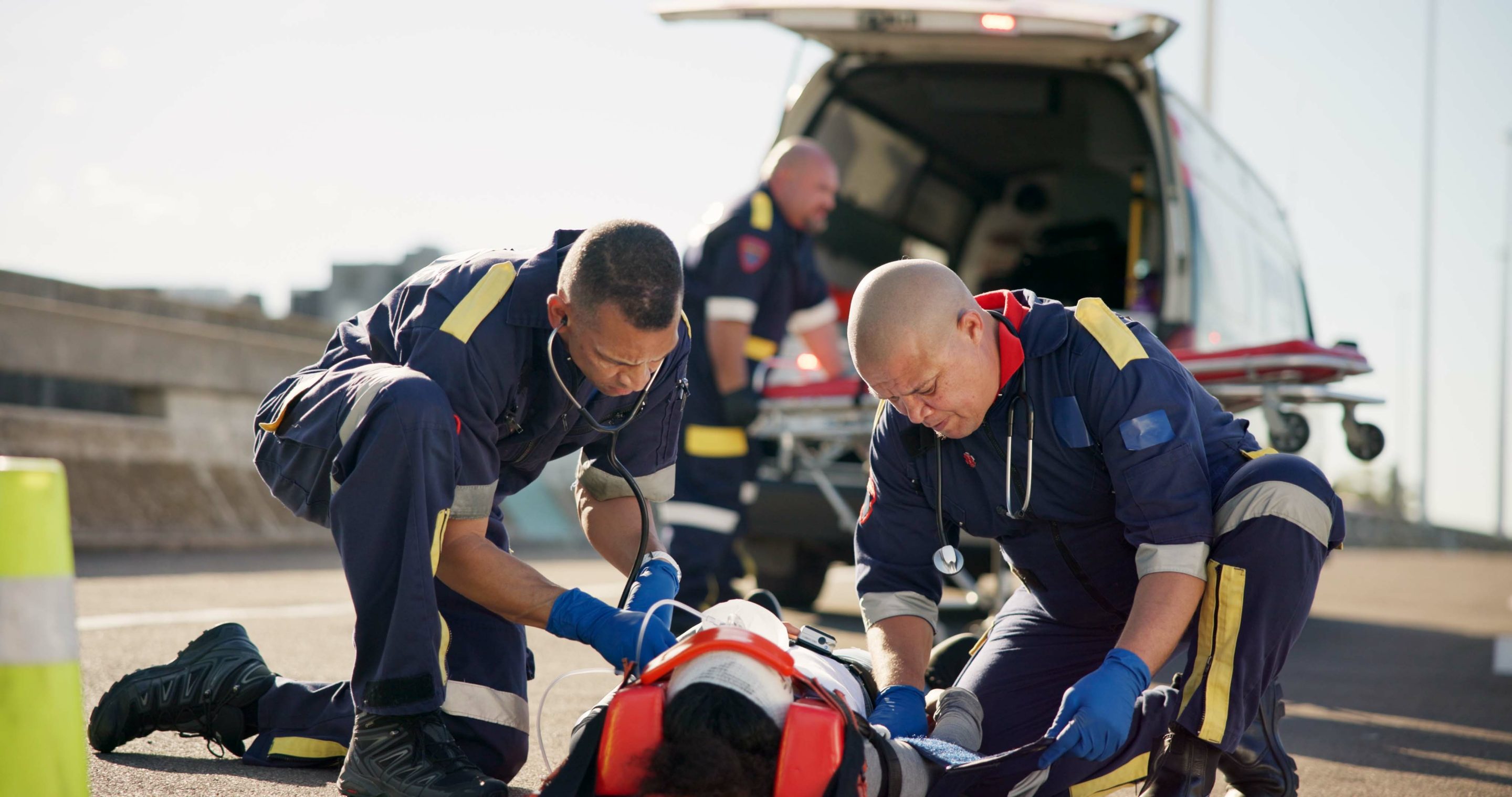
- Ensure Safety First: Immediately after the accident, your priority is to ensure your safety and the safety of your passengers. If you can, move to a safe area, away from oncoming traffic. Turn on your hazard lights to alert other drivers. If someone is seriously injured, call 911 right away to get emergency medical help.
- Call the Police: Reporting the accident to law enforcement is crucial. Inform the dispatcher that you have been involved in a hit-and-run accident and provide them with all the details you can recall about the fleeing vehicle. This may include the make, model, color, distinctive features, and any portion of the license plate you can remember. The police report will be essential if you decide to pursue a legal claim.
- Gather Evidence at the Scene: Document the accident scene if you are physically able. Take photographs of the damage to your vehicle, the surrounding area, and any injuries you may have sustained. Make a note of any debris, skid marks, or other signs that could help reconstruct the accident. If witnesses are present, collect their contact information, as their testimony may be vital for your case.
- Seek Medical Attention Immediately: Even if you do not feel seriously hurt, seeing a medical professional as soon as possible is essential. Some injuries, such as concussions or internal bleeding, may not present symptoms right away. A medical evaluation will ensure your well-being and create a record linking your injuries to the accident.
- Notify Your Insurance Company: Contact your insurance provider to report the accident. When speaking with your insurer, provide only the basic details of the incident and avoid speculating or admitting fault. An experienced lawyer can help you navigate these discussions to protect your interests.
2. What Are My Legal Options After a Hit-and-Run Accident?
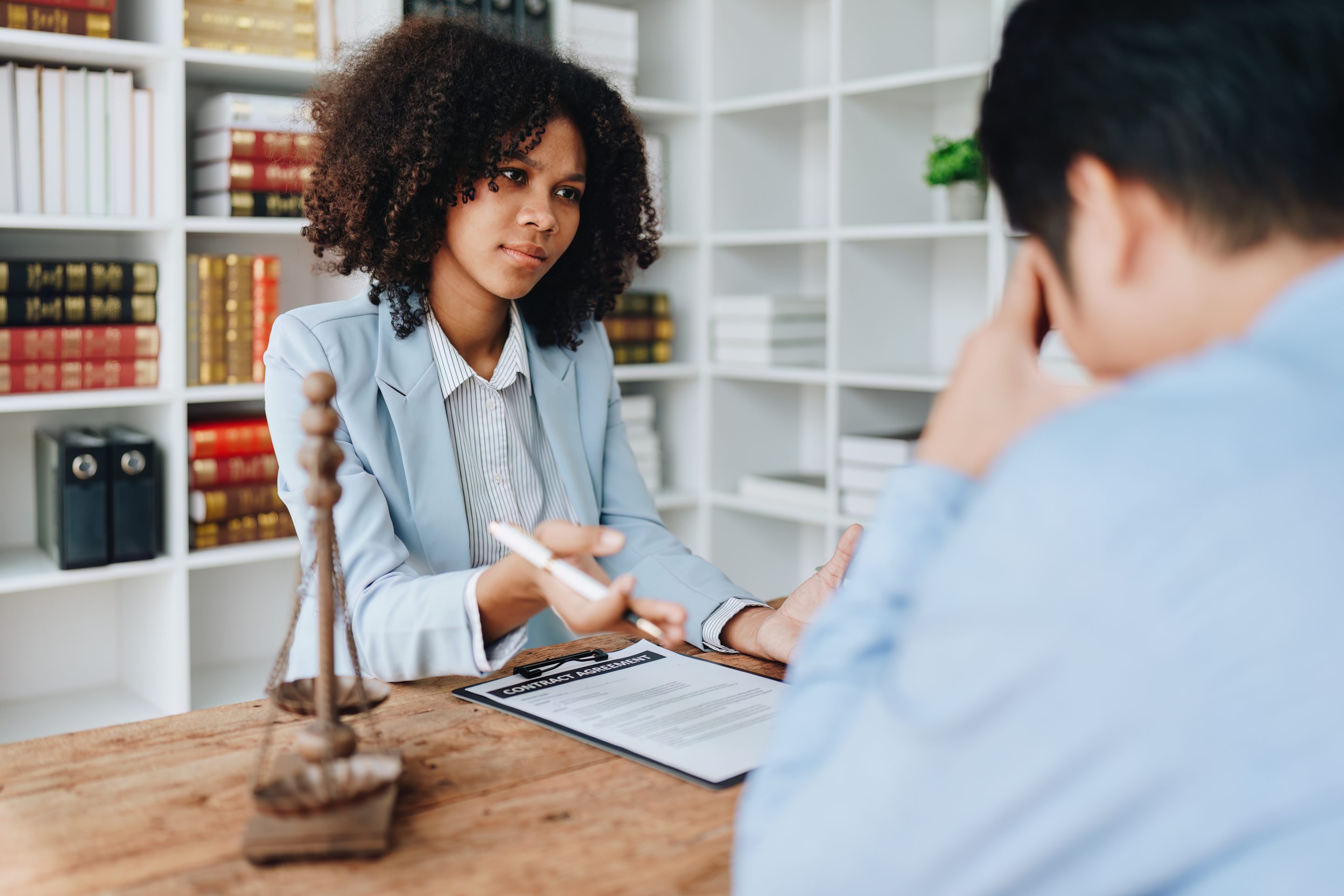
- Uninsured Motorist (UM) Coverage: If you have UM coverage as part of your car insurance policy, it may cover your medical expenses, lost wages, and other damages resulting from the accident. Many states mandate UM coverage, or at least require insurers to offer it, making it a valuable resource when the at-fault driver cannot be located.
- Medical Payments (MedPay) or Personal Injury Protection (PIP): Some insurance policies include MedPay or PIP coverage, which can help pay for medical bills regardless of fault. PIP may also cover lost wages and other related expenses. These policies can be beneficial if the hit-and-run driver is never found.
- Civil Lawsuit: In cases where the hit-and-run driver is identified, you can file a lawsuit against them. The lawsuit can seek compensation for various damages, including medical bills, lost wages, pain and suffering, and property damage. If the driver’s actions were particularly egregious, you may also be able to pursue punitive damages meant to punish the wrongdoer and deter similar behavior in the future.
- Crime Victim Compensation Funds: In some jurisdictions, victims of crimes such as hit-and-run accidents may be eligible for compensation from state-funded programs. These funds can help cover medical expenses, lost income, and other costs related to the crime. However, they may not fully compensate for all losses, so exploring additional legal avenues is often necessary.
3. How Can I Increase the Chances of Identifying the Hit-and-Run Driver?
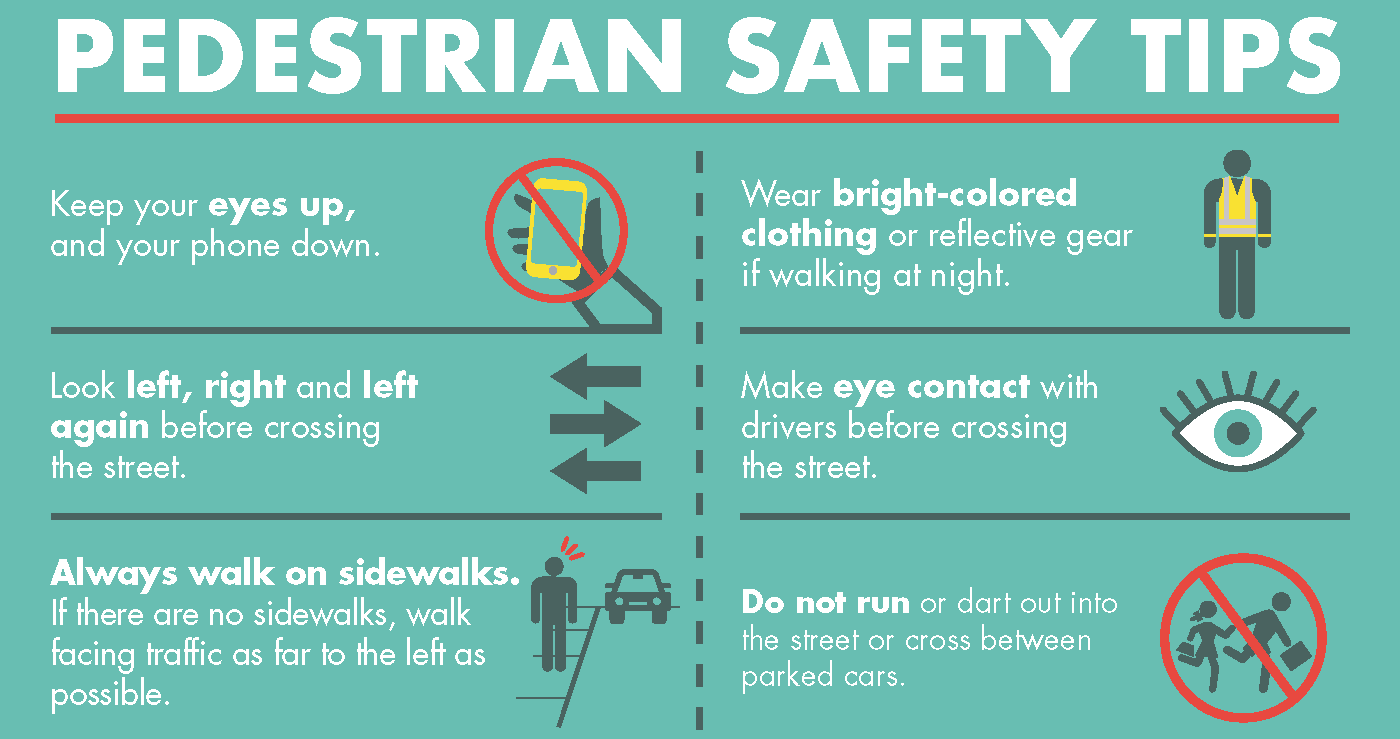
- Provide Detailed Information to the Police: Any information you can remember about the vehicle or the driver could be helpful. This might include the car’s make, model, color, approximate year, and any distinctive features, such as damage, decals, or accessories.
- Look for Surveillance Cameras in the Area: Check if any nearby surveillance cameras may have captured the accident. These cameras could be installed at traffic lights, gas stations, businesses, or residential properties. Inform the police about the potential footage, which may be used to identify the vehicle or driver.
- Social Media and Community Forums: In some cases, posting details about the accident on social media or local community forums can help find witnesses who saw the accident or may have captured it on their dashcams. Sometimes, community members may provide leads that assist law enforcement in locating the hit-and-run driver.
- Hire a Private Investigator: If law enforcement cannot locate the responsible driver, consider hiring a private investigator. Private investigators have access to resources and databases that could aid in identifying the driver and locating the vehicle.
4. What Types of Compensation Can I Receive for My Injuries?
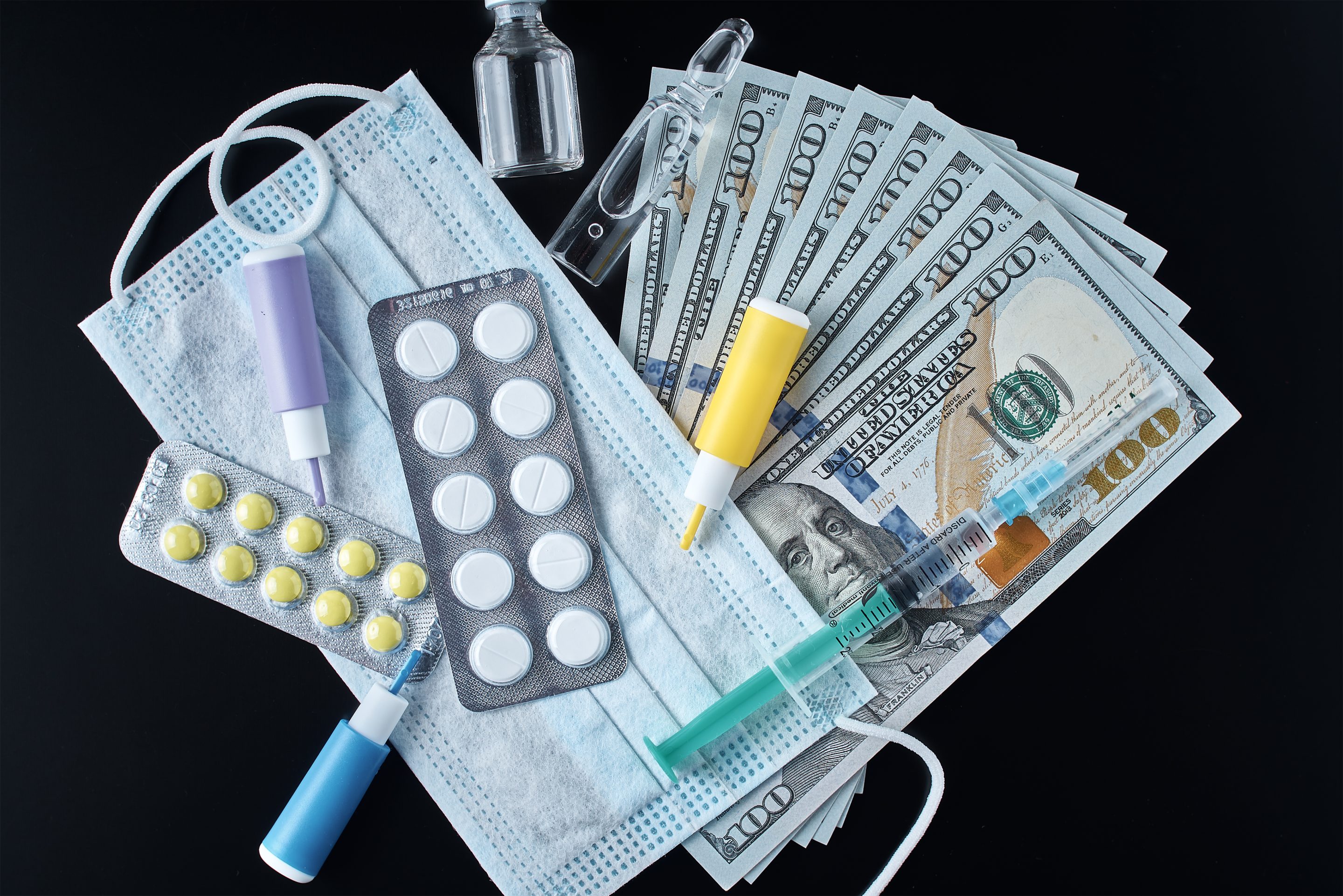
- Medical Expenses: You may be entitled to compensation for current and future medical bills. This includes costs associated with hospital visits, emergency room treatment, surgeries, medications, physical therapy, and any long-term rehabilitation services.
- Lost Wages and Loss of Earning Capacity: If your injuries prevent you from returning to work, you can seek compensation for lost income. In some cases, if your injuries are severe enough to affect your ability to work in the future, you may also be eligible for compensation for loss of earning capacity.
- Pain and Suffering: Compensation for pain and suffering addresses the physical pain and emotional distress caused by the accident. This can also include compensation for anxiety, depression, or other mental health issues that arise as a result of the accident.
- Property Damage: You may be entitled to compensation for repairing or replacing your damaged vehicle and any other personal property that was affected in the accident.
- Punitive Damages: In cases where the hit-and-run driver is located and their behavior was reckless or intentionally harmful, you may be able to pursue punitive damages. These are designed to punish the driver and serve as a deterrent against similar behavior in the future.
5. How Can a Lawyer Help Me If I’m Injured in a Hit-and-Run Accident?
Navigating the aftermath of a hit-and-run accident can be overwhelming, but having a personal injury lawyer can significantly improve your chances of receiving the compensation you deserve. Here’s how a lawyer can assist:
- Comprehensive Investigation: Your lawyer will conduct a detailed investigation into the accident, which may include gathering evidence, interviewing witnesses, and working with accident reconstruction experts. They will also explore all potential sources of compensation, such as insurance policies and crime victim compensation programs.
- Handling Insurance Negotiations: Insurance companies often try to minimize their payout, and dealing with them alone can be challenging. An experienced lawyer will negotiate to ensure you receive a fair settlement. They know how to counter lowball offers and use Evidence effectively to demonstrate the full extent of your damages.
- Filing a Lawsuit and Representing You in Court: If the insurance company refuses to offer a fair settlement or the hit-and-run driver is identified, your lawyer can file a lawsuit to pursue justice. They will represent you in court, using evidence and expert testimony to build a compelling case.
- Meeting Legal Deadlines and Requirements: Personal injury cases involve strict deadlines known as statutes of limitations. A lawyer ensures that all legal requirements are met and your case is filed appropriately.
- Offering Peace of Mind: The stress of dealing with a hit-and-run accident can take a toll on your mental and physical health. A lawyer handles the legal aspects of your case, allowing you to focus on your recovery.
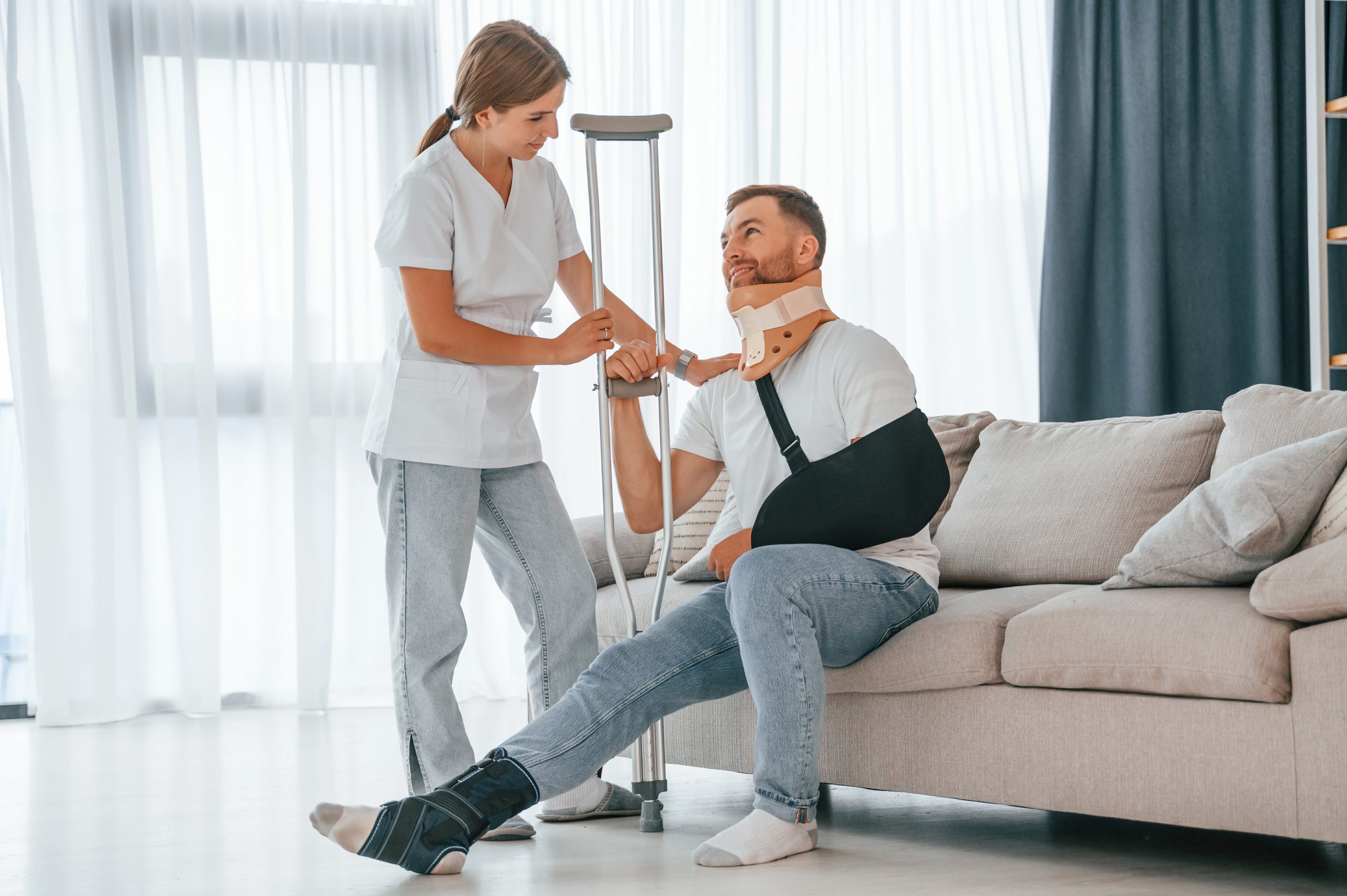
Essential Considerations for Hit-and-Run Victims
- Preserve Evidence: Keep all records related to the accident, including medical bills, repair estimates, and any correspondence with your insurance company. This documentation will support your claim.
- Avoid Making Statements Without Legal Advice: Insurance companies may ask for statements about the accident. It’s advisable to consult with a lawyer before making any statements that could be used to minimize your claim.
- Don’t Post About the Accident on Social Media: Avoid discussing the accident or your injuries on social media, as insurance companies may use your posts against you.
When Should I Contact a Lawyer?
Contacting a personal injury lawyer as soon as possible after a hit-and-run accident is crucial. The sooner you get legal representation, the better your chances of preserving Evidence, identifying the hit-and-run driver, and building a solid case.
Conclusion

If you or a loved one has been injured in a hit-and-run accident, Contact Roxell Richards Law Firm today for a free consultation. Let us help you secure the justice and compensation you deserve so you can focus on healing and moving forward.
